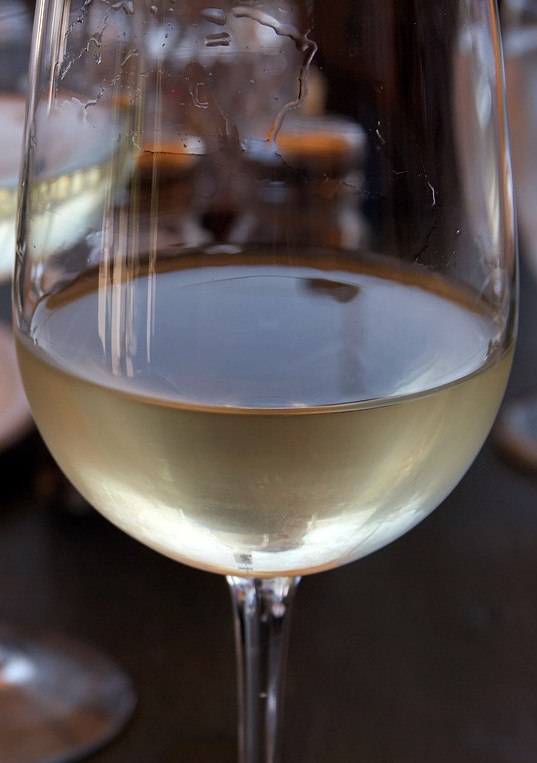I want to share information, musings and happenings from life padding around a wine shop, tasting and learning about wines, planning events and otherwise staying on top of the latest wine news and trends. But I'm all about efficiency. So I'll attempt to save my random musings for Mondays and reserve Wendesdays for a more "educational" take. (You'll just have to wait until Friday to find out what that day's all about!) In the meantime... welcome to the first of many Wine Wednesdays!
 In part I'm inspired by last week's discussion on Wine Blogging Wednesday about Old World Riesling. But I'm also just inspired. I've even been known to bust out my little "Rebecca dance" upon first sniff of a Riesling! (Note: This dance is way cooler, and way better than Elaine's on Sienfeld.) Everyday I'm noticing that the word is starting to spread... MOST RIESLINGS ARE NOT SWEET. They only have that reputation from post WWII days when German wines were intentionally made sweet to appeal to American GI's and to locals, who were malnourished and craved something sweet. Needless to say, this is some of the best, most-gorgeous, mouthwateringly delicious wine to sip (with practically any food you can imagine)!
In part I'm inspired by last week's discussion on Wine Blogging Wednesday about Old World Riesling. But I'm also just inspired. I've even been known to bust out my little "Rebecca dance" upon first sniff of a Riesling! (Note: This dance is way cooler, and way better than Elaine's on Sienfeld.) Everyday I'm noticing that the word is starting to spread... MOST RIESLINGS ARE NOT SWEET. They only have that reputation from post WWII days when German wines were intentionally made sweet to appeal to American GI's and to locals, who were malnourished and craved something sweet. Needless to say, this is some of the best, most-gorgeous, mouthwateringly delicious wine to sip (with practically any food you can imagine)!
A question I often field is: how can you tell from a label what makes a German Reisling less (or more) sweet?
Germans clasisify Rieslings using the Pradikat system, which indicates the ripeness (read: sweetness) of their grapes at harvest. This does not necessarily tell you how sweet the wine ends up being.
You may be familiar with everyday or QbA wines - the basic level of less expensive, often perfectly tasty Riesling. The next levels in the German quality spectrum are QmP wines (from normal to super ripe): Kabinnett, Spatlese and Auselese. Then Beerenauslese, Trockenbeerenauseles, and Eiswien (dessert). But a winemaker can do whatever he/she pleases when crafting the wine, resulting in varying levels of actual sweetness in the finished product.
Here's a tip: Check out the alcohol content posted on the label. The lower the level, the sweeter the wine. If a bottle is listed at 7% it is sweeter. If you see the maximum (for a Riesling) of 11%, it's gonna be its driest.
Question of the day: How do you like your Riesling?
